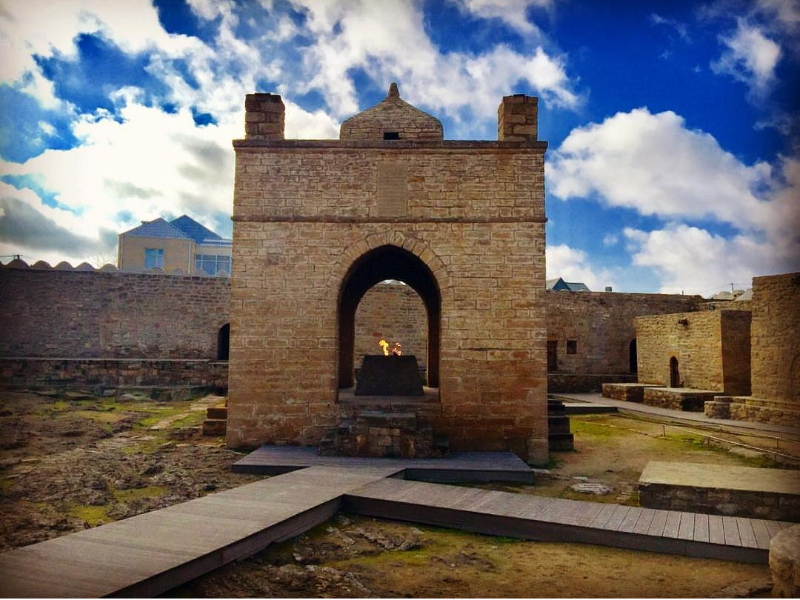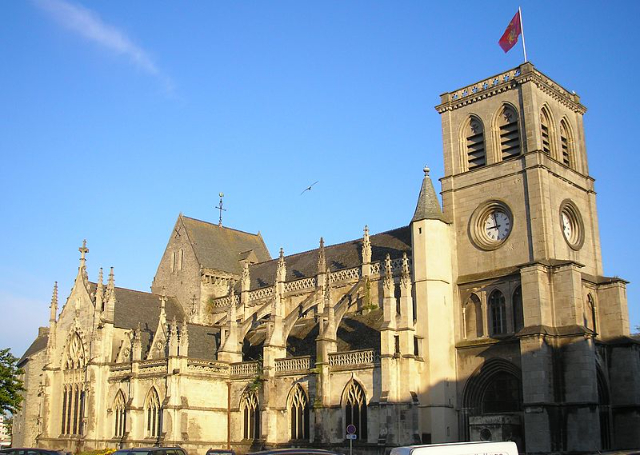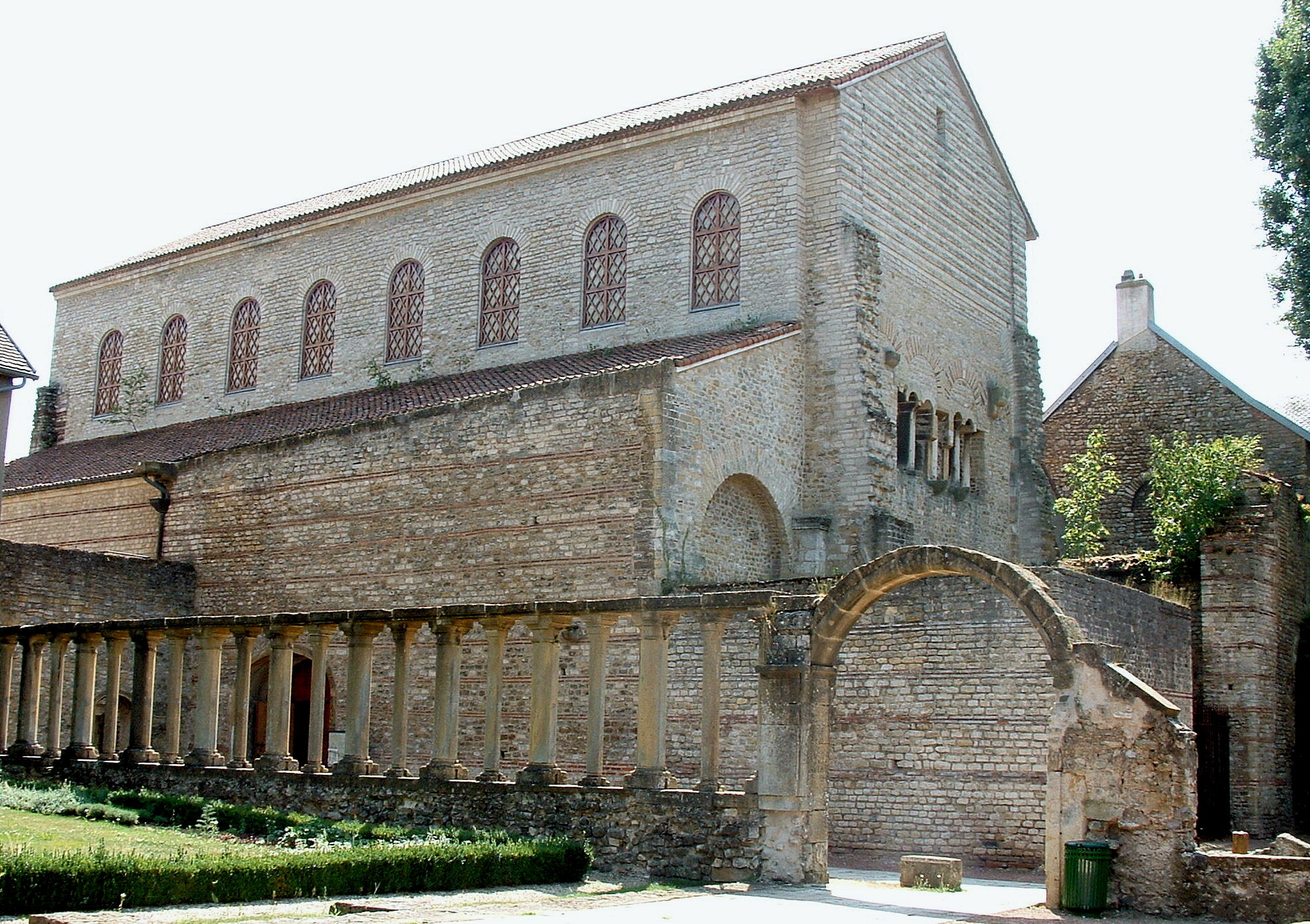Azerbaijan derives its name from Atropatene, the Greek translation of an Old Persian word meaning “the Land of Holy Fire”. As such, the country has a number of sites associated with Zoroastrianism. For example in the northeast of Azerbaijan’s capital is the Baku Ateshgah (Fire Temple). The castle-like structure combines Persian and Indian architectural styles, and has been a Zoroastrian, Hindu and Sikh pilgrimage site for centuries.Ateshgah, also known as the Temple of Eternal fire is a unique place – both naturally and historically. In ancient times this was a Holy Place for the Zoroastrians who used to worship fire, and that’s why this eternal and indistinguishable fire was remarkably valuable and symbolic for them. But how exactly is that possible? The "eternal fire" is a natural phenomenon, which is actually the burning of natural gas from the earth crust. When the fire comes out on the surface of the earth and meets the oxygen, it lits up. The Temple of Eternal fire consists of a lot of such burning little holes. Anyway, the natural fire stopped burning sometime during the 19th century due to some movement in the Earth surface. Nowadays the Temple is lit by artificial fires which resemble what it once was.
The structure is similar to the caravanserais (travellers’ inns) of the region with pentagonal walls surrounding a courtyard. However, in the middle of this courtyard sits an altar, the centerpiece of the temple complex where fire rituals were observed.
The altar is situated right a natural gas vent, igniting a large flame in the middle and four smaller flames on the rooftop corners of the pavilion. Surrounding the temple altar are a number of small cells which held the ascetic worshippers and pilgrims.
Debate continues as to whether this temple was founded as a Zoroastrian or a Hindu place of worship, since the structure incorporates architectural elements from both faiths, without wholly adhering to either. The most established theory places the temple in the Zoroastrian tradition, but that it has evolved into a predominantly Hindu place of worship over time. In the late 19th century, the place was abandoned, most likely as a result of the dwindling Indian population in Azerbaijan.













